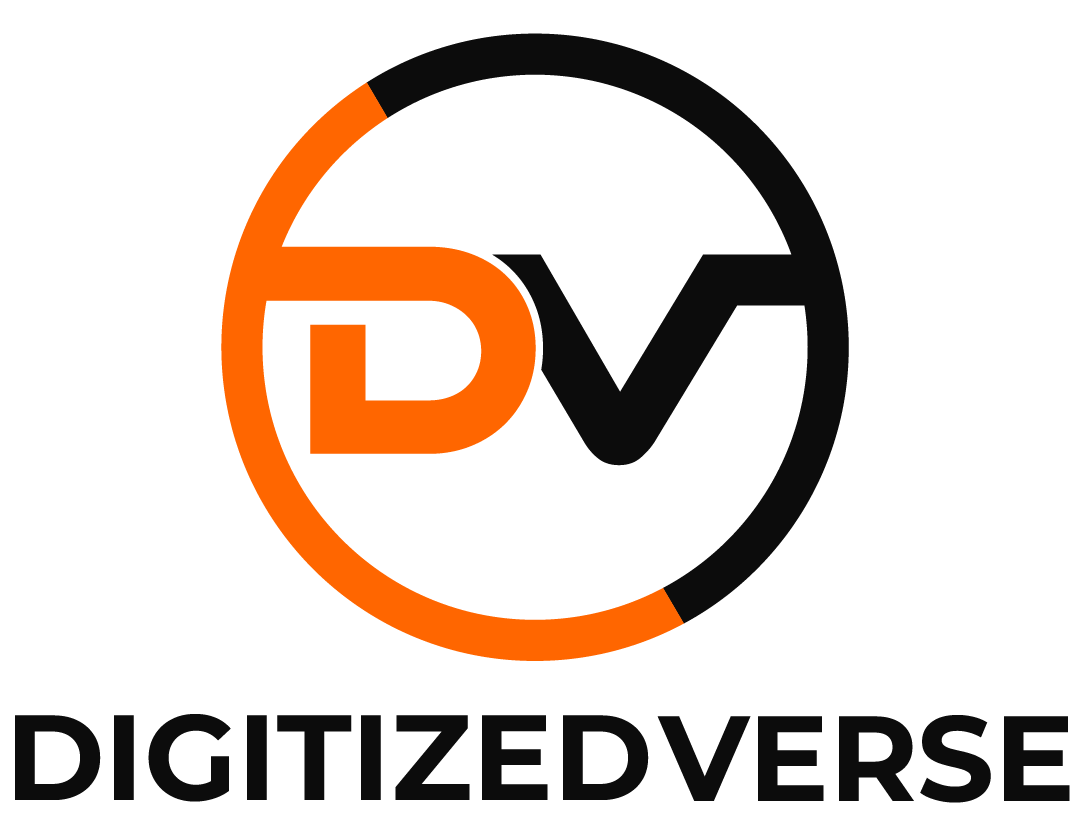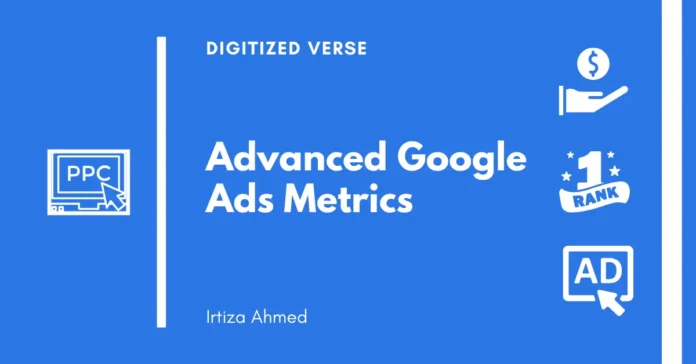Introduction: Going Beyond the Basics
Once you’ve mastered the basic PPC metrics, it’s time to delve into the more advanced metrics that can provide deeper insights into your campaigns. These metrics, often unique to Google Ads, can help you fine-tune your strategy, optimize your budget, and maximize your ROI.
In this blog, we’ll explore some of the advanced Google Ads metrics you should be tracking and explain how to use them effectively.
Remember, these metrics have been invaluable in creating winning campaigns throughout my career as a PPC specialist, so I’m sharing this hard-to-find knowledge with you to help you achieve similar success.
1. Quality Score: The Key to Lower Costs and Better Ad Positioning
What It Is:
Quality Score is a metric that Google uses to determine the relevance and quality of your ads, keywords, and landing pages. A higher Quality Score can lead to lower CPC and better ad positions.
How to Improve:
- Ad Relevance: Ensure your ad copy closely matches the keywords you’re targeting.
- Landing Page Experience: Provide a seamless and relevant experience for users who click on your ads.
- Expected CTR: Create compelling ads that encourage clicks.
Example:
If your Quality Score for a keyword is 8/10, you’re likely paying less per click and achieving a higher ad position compared to competitors with a lower score.
2. Search Lost IS (Rank): Maximizing Your Ad Visibility
What It Is:
Search Lost Impression Share (Rank) indicates the percentage of impressions your ad lost due to poor ad rank. A high Search Lost IS (Rank) suggests that your ad rank needs improvement, which can be due to low bids or low Quality Score.
How to Improve:
- Increase your bids for competitive keywords.
- Improve your Quality Score by optimizing ad relevance and landing page experience.
Example:
If your Search Lost IS (Rank) is 30%, you’re missing out on 30% of potential impressions. Improving your ad rank could lead to more visibility and clicks.
3. Search Impression Share: Understanding Your Market Share
What It Is:
Search Impression Share is the percentage of impressions your ad receives compared to the total available impressions in the market. It’s a key metric for understanding your ad’s visibility relative to competitors.
How to Improve:
- Increase your budget to capture more impressions.
- Optimize your bidding strategy to win more auctions.
Example:
If your Search Impression Share is 60%, you’re capturing 60% of the available impressions for your targeted keywords.
4. Search Lost IS (Budget): Managing Ad Spend Effectively
What It Is:
Search Lost Impression Share (Budget) shows the percentage of impressions lost due to budget limitations. A high Search Lost IS (Budget) indicates that your daily budget is not sufficient to cover all potential impressions.
How to Improve:
- Increase your daily budget to capture more impressions.
- Reallocate budget from underperforming campaigns to more successful ones.
Example:
If your Search Lost IS (Budget) is 25%, you’re missing out on a quarter of potential impressions because of insufficient budget. Adjusting your budget could lead to more opportunities for clicks and conversions.
5. Auction Insights: Know Your Competition
What It Is:
Auction Insights provides data on how your ads are performing compared to your competitors. You can see metrics like overlap rate, position above rate, and top of page rate.
How to Use:
- Identify competitors who are consistently outranking you and adjust your strategy accordingly.
- Use the data to inform your bidding and budget decisions.
Example:
If a competitor has a higher top of page rate, consider increasing your bids or improving your Quality Score to compete more effectively.
6. Ad Extensions Performance: Enhancing Your Ads’ Effectiveness
What It Is:
Ad extensions provide additional information about your business, such as location, phone number, or links to specific pages on your site. Monitoring the performance of these extensions can help you enhance your ad’s effectiveness.
How to Use:
- Track which extensions contribute to higher CTR and conversion rates.
- Continuously test and optimize your extensions to improve performance.
Example:
If your callout extensions consistently lead to higher CTR, ensure they are included in your most important campaigns.
Conclusion: Leveraging Advanced Metrics for Superior PPC Performance
Understanding and utilizing these advanced Google Ads metrics can give you a competitive edge in your PPC campaigns. By focusing on metrics like Quality Score, Search Lost IS (Rank), and Search Impression Share, you can optimize your strategy, reduce costs, and improve your overall ad performance.
Want to take your PPC campaigns to the next level? Contact us at Digitized Verse for the best PPC advertisement services advice and resources to help you achieve superior results.




